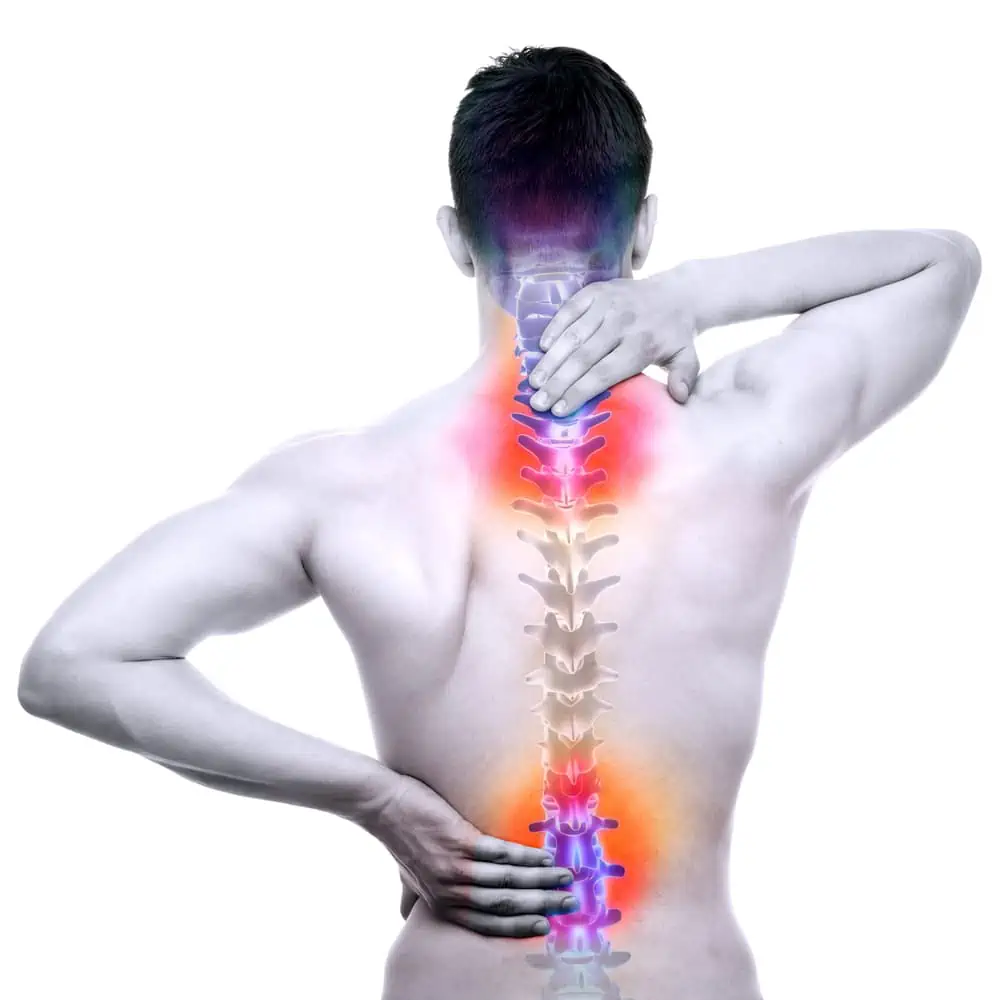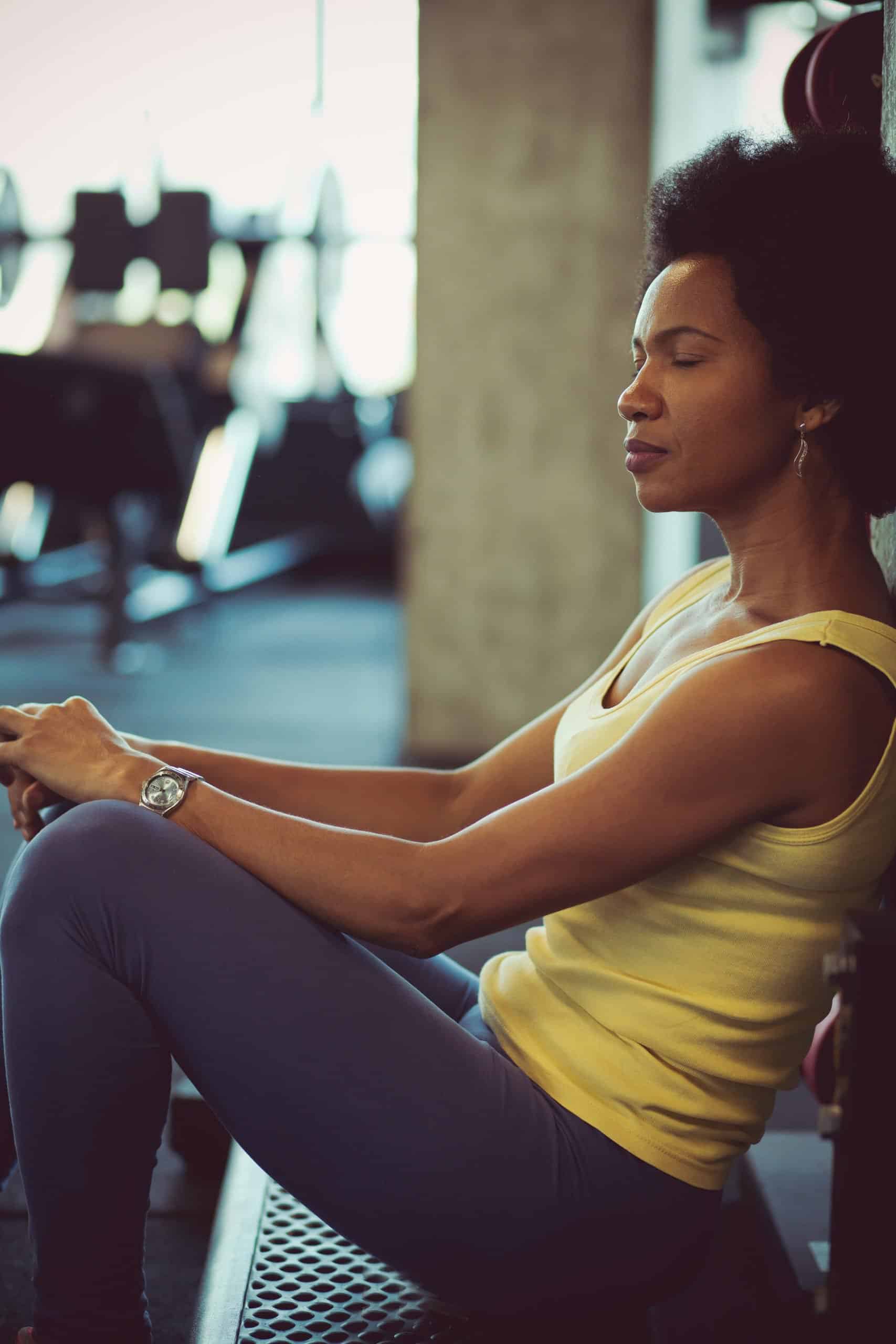Guided imagery is a powerful relaxation technique that involves using your imagination to create a peaceful and calming mental environment. This guide will walk you through the basics of guided imagery, so you can start using it to relieve stress, anxiety, and tension.
- Find a comfortable space: Choose a quiet, comfortable place where you can sit or lie down without any distractions. Make sure your body is in a relaxed position, with your spine aligned and your limbs loose.
- Close your eyes and take deep breaths: Close your eyes and begin to focus on your breath. Inhale deeply through your nose, feeling your lungs expand, and exhale slowly through your mouth. Repeat this several times, allowing your body to relax further with each breath.
- Begin visualizing a peaceful scene: Imagine a calming, peaceful environment that brings you a sense of happiness and tranquility. This can be a real place you’ve been to or a completely imaginary one. Pay attention to the details in your mind, such as the colors, sounds, and smells.
- Engage your senses: As you visualize your peaceful scene, engage all of your senses. Imagine the feeling of the sun on your skin, the sound of water trickling nearby, or the scent of flowers in the air. The more vividly you can imagine the sensory details, the more immersed you’ll become in the experience.
- Deepen your relaxation: Allow your mind to wander through this peaceful environment, exploring different aspects and experiencing new sensations. As you do so, feel any tension or stress in your body melting away, replaced by a sense of deep relaxation and calm.
- Affirmations and positive thoughts: Incorporate positive affirmations or thoughts into your imagery, such as “I am calm and relaxed” or “I am in control of my emotions.” These affirmations will help reinforce the relaxing experience and create a more positive mindset.
- Slowly return to the present: After spending some time in your imagined environment, gently bring yourself back to the present moment. Begin by focusing on your breath again, taking slow, deep breaths. Gradually become aware of your surroundings, the sounds around you, and the sensations in your body.
- Open your eyes and stretch: When you feel ready, slowly open your eyes and take a moment to stretch your body. Reflect on the experience and how relaxed and calm you now feel.
Guided imagery is a versatile relaxation technique that can be easily customized to suit your personal preferences. With practice, you’ll be able to access this calming mental space more quickly and effectively, helping you to manage stress and anxiety in your daily life.
How does guided imagery help with pain management?
Guided imagery can be an effective tool for pain management by helping to reduce pain perception and promoting relaxation. It works by engaging the mind in a focused and positive way, which can lead to physiological and psychological changes that help alleviate pain. Here’s how guided imagery can help with pain management:
- Distraction: Guided imagery directs the focus of the mind away from pain and towards a soothing, calming, and positive environment. By engaging the mind in this immersive experience, it distracts from the pain sensations and helps to reduce the perception of pain.
- Relaxation: Stress and tension can exacerbate pain, and guided imagery is an effective relaxation technique that can help to counteract this effect. By promoting relaxation and reducing stress, guided imagery can help to ease muscle tension and decrease pain.
- Endorphin release: Engaging in guided imagery and other relaxation techniques can stimulate the release of endorphins, which are natural pain-relieving chemicals in the body. These endorphins can help to reduce pain sensations and increase feelings of well-being.
- Mind-body connection: Guided imagery strengthens the connection between the mind and body, enabling better communication and control over physical sensations. By using mental imagery to visualize the body healing or pain dissipating, the mind can influence the body’s perception of pain.
- Emotional regulation: Pain can have a strong emotional component, and guided imagery can help to address this by promoting positive emotions and thoughts. By incorporating positive affirmations and focusing on calming scenes, guided imagery can reduce feelings of anxiety, fear, and helplessness associated with pain, making it more manageable.
- Empowerment: Guided imagery puts the individual in control of their experience, giving them a sense of empowerment and agency over their pain. This can lead to a more positive outlook and improved coping skills, which can contribute to better pain management.
It’s essential to note that guided imagery is not a substitute for medical treatment or advice. It should be used as a complementary therapy alongside other pain management strategies, such as medications or physical therapy, as recommended by a healthcare professional.












